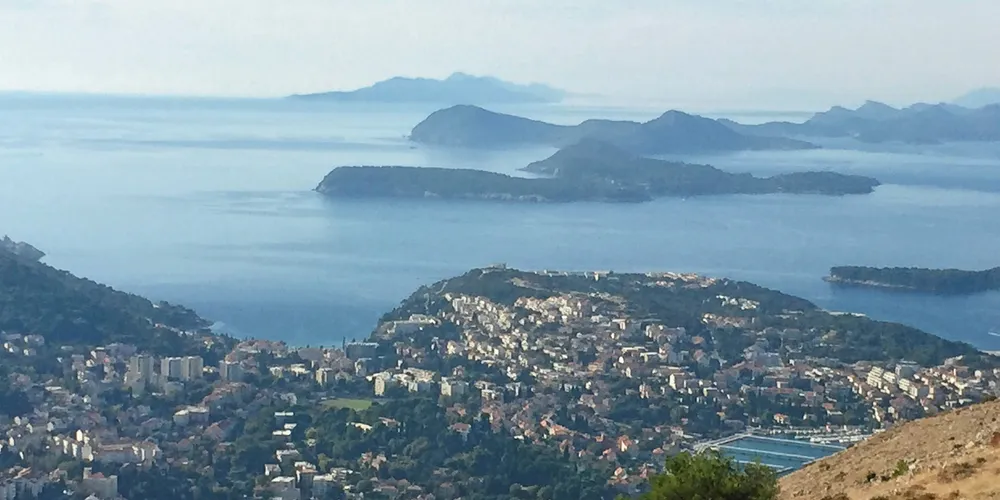Aquaculture Europe Blog: Aller Aqua goes it alone in China
Aquaculture Europe kicks off in Dubrovnik, Croatia, and IntraFish will bring you the latest news from the showfloor as well as full coverage on conference talks, keep checking back for updates.
